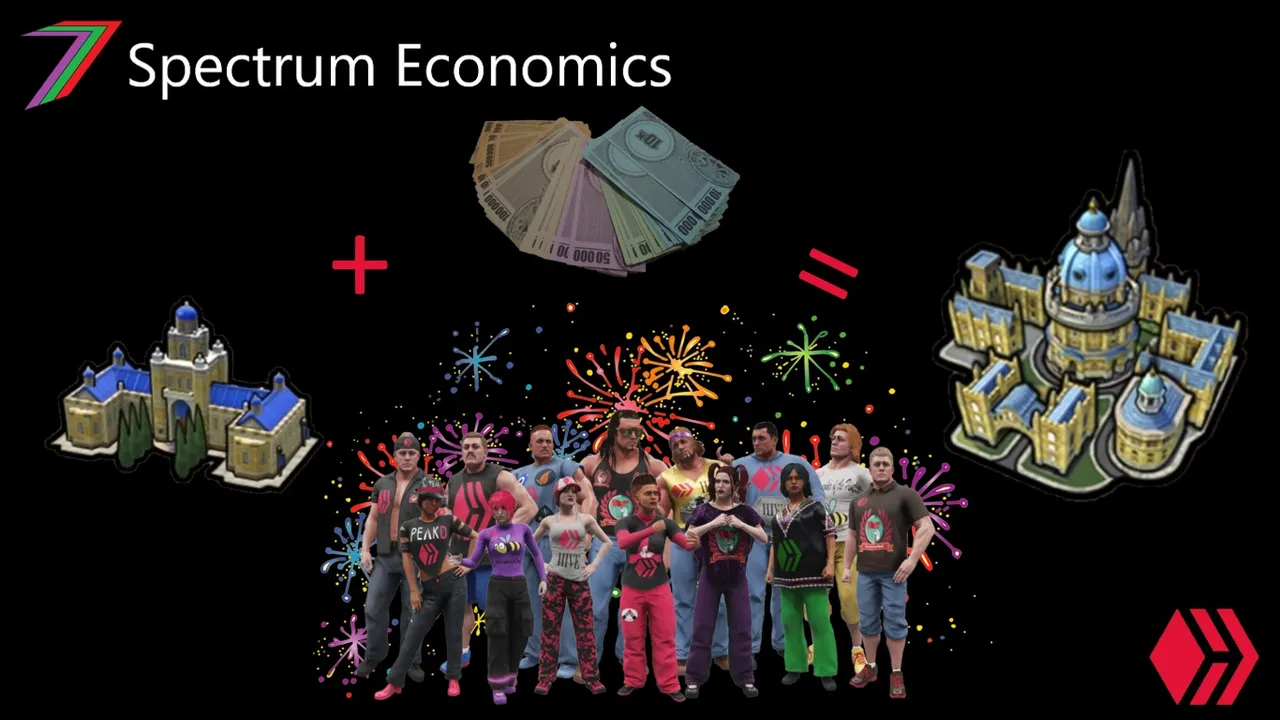Hi Everyone,
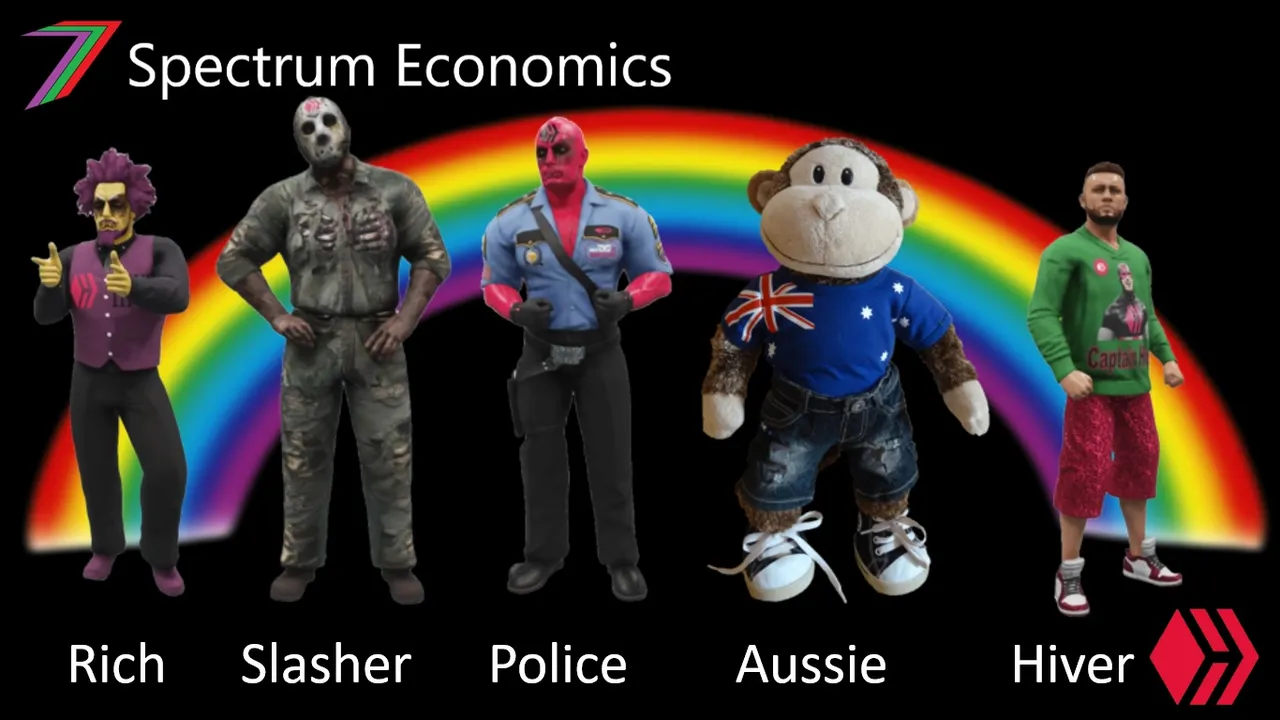
In this post, I would like to discuss labels and how they could be used as a divisive tool. I am paying particularly close attention to the explosion in the number of labels relating to gender and sexual orientation. I feel these labels are being used to manipulate people as well as trivialise real differences between the sexes (male and female) and different sexual orientations.
Based on experience and observation, I have found that most people assign labels to themselves. These labels can relate to ethnicity, race, gender, sexual orientation, occupation, country of origin, fandom, religion, culture, income bracket, social group, disability and many other areas. People often take pride in the labels they assign themselves. These labels can bring people together who share a common trait, interest, or background. The labels can help people gain recognition and acceptance from others who associate themselves with the same label. Therefore, it is not surprising that people are drawn to certain labels.
People are very complex and unique. We differ in more ways than anyone could imagine. This uniqueness could potentially lead to people adopting any of hundreds of different labels. The relevance of these labels are dependent on circumstances and personal preferences. For example, I could identify as English (ethnicity), Caucasian (race), Male (gender), Straight (sexual orientation), Economist (occupation), British (Nationality), Vegan (lifestyle), 49ers fan (fandom), Gnostic Christian (Religion), Western (culture), Hiver (social group), Aspie (social disorder) and many others. I rarely think about most of these labels. I use the label ‘economist’ the most as it relates to my work as well as most of my blogs and videos. Viewing the world from the perspective of an economist has the potential to narrow my understanding of situations or circumstances. Problems will appear as economic, therefore they could be assumed to require economic solutions. Fortunately, for me, economics is extremely broad and borrows ideas and content from various other fields. Many other labels are not so broad. The narrower labels will limit our views and perspective if we hold too closely to them. People that limit themselves to just a few narrowly defined labels are more likely to find themselves vulnerable to manipulation.
Labelling becomes most divisive when groups that align with a particular label consider themselves superior to those outside of the label. Such labels often relate to race, ethnicity, religion, social class, and nationality. This often occurs with supremacy groups or radical nationalists. Adopting such labels to degrade others is nothing new. The ‘war on terrorism’ has played a role in fuelling such groups. However, much of this discrimination is taking place out of fear rather than an assumed superiority to those outside the label. Terrorists are often portrayed as dark-skinned Muslim men who originate from Middle-Eastern countries. Therefore, people become afraid of people that resemble that description.
In recent years, labelling has taken another dangerous turn. These labels relate to gender and sexual orientation. People of alternative sexual orientation, e.g. homosexual or bisexual, have been subject to discrimination for centuries. Discrimination has come from both individuals and authority. This discrimination has come in the form of both mental and physical abuse. In recent decades, the extent of this discrimination has fallen, see later in post. Instead, discrimination has been replaced by manipulation from those who have advocated against discrimination.
Gender labelling
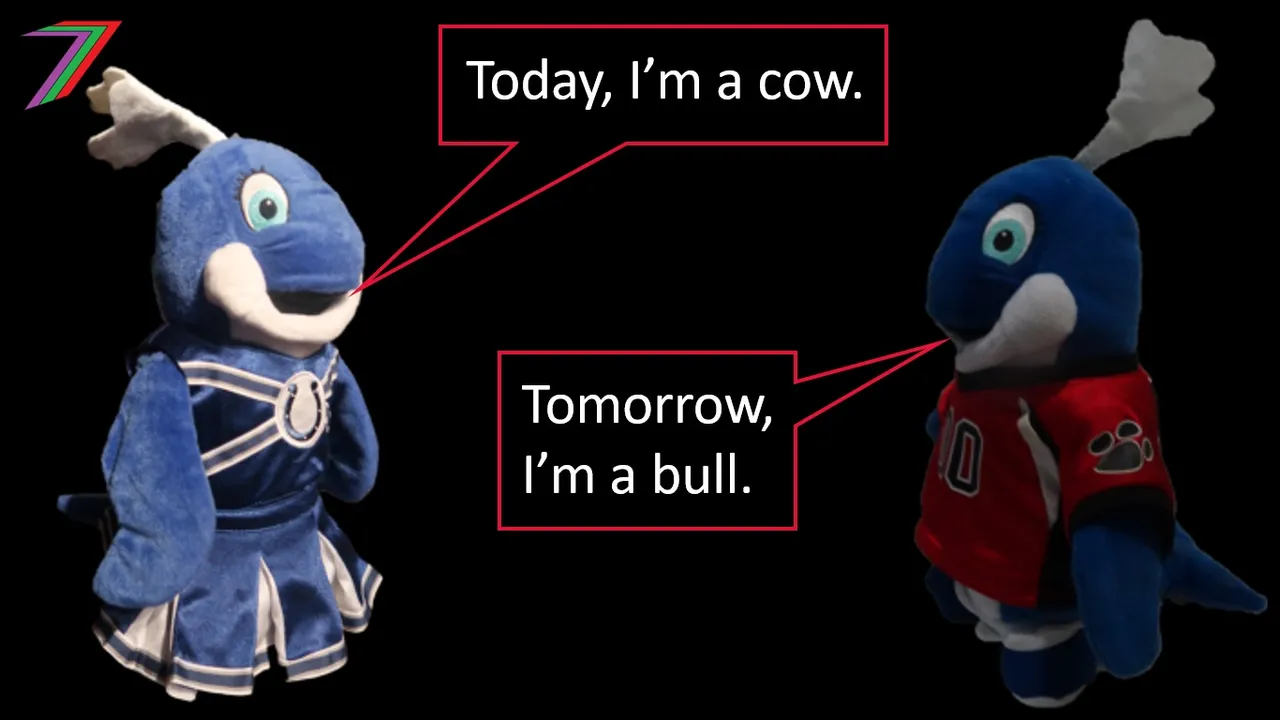
Gender is based on social, cultural and behavioural differences (dictionary.com) rather than biological differences. Biological differences are easy to define (i.e. determined at birth as either male or female) whereas social, cultural and behavioural differences are more subjective. Gender is based on a person’s own perception of whether they are male, female, somewhere in-between, or neither (Cosmopolitan).
The lack of clear definition of what determines gender has resulted in an ever-growing list of genders. In 2014, Facebook had a list of 58 gender options. In a 2019 Healthline article, 64 genders were defined. Rin’s Gender Dictionary A-Z lists over a hundred different genders. The number of genders changes from source to source and grows over time because gender is placed on a spectrum. Imagine assigning a name to every single possible colour in the light spectrum. As the number of defined genders increase, the closer they become in definition. This makes it considerably harder for people to identify between many of these genders.
Is gender labelling of any sort even necessary? Gender is based on self-assessment. It is determined based on a person’s perception of which label most suits them. An external party cannot verify this assessment, as they cannot experience the world in the same way. There is also no way of knowing if another person who identifies with the same gender does so in the same way. Therefore, beyond the extreme ends of the scale (i.e. male, female, and neither), gender labelling becomes completely subjective.
The extent of subjectivity around gender labelling reduces its credibility. This lack of credibility will lead to a lack of recognition from those not within the gender spectrum. If somebody takes their gender label very seriously, he or she could become disappointed or angry when most other people do not recognise, respect, or even acknowledge such a label.
Sexual Orientation
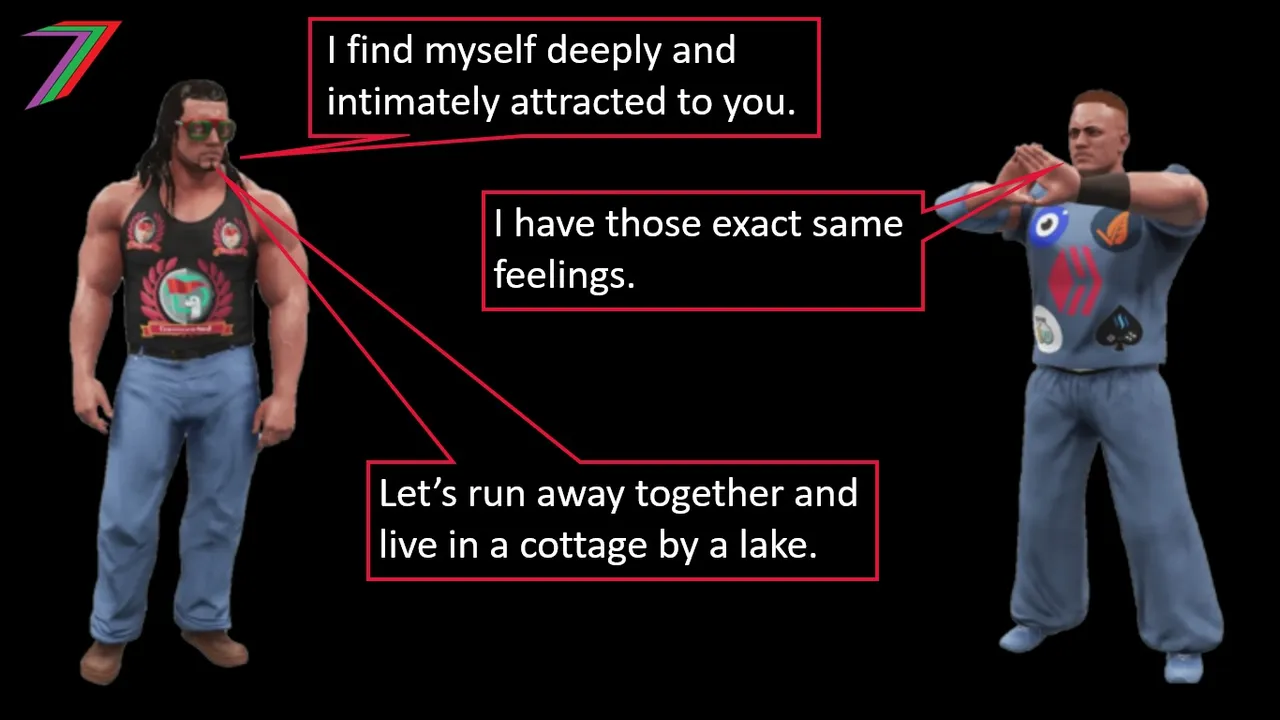
Sexual orientation relates to the nature of someone’s sexual and/or romantic attraction towards other people. This attraction could be towards the opposite sex, same sex, both sexes, neither sexes, or some combinations of the others (Wikipedia). As with gender, sexual orientation has been placed on a spectrum. Therefore, the number of sexual orientations can expand almost at will. In a 2019 article in Healthline, 46 sexual orientations were defined. As with gender, sexual orientation is self-determined and therefore based on the person’s perception of his or her own experience and preferences. For example, two people could identify as graysexual (see healthline for definition) but could be experiencing this attraction very differently.
The extent of subjectivity regarding sexual orientation should not be as great as gender, as sexual orientation can be more physically experienced and shared. Sexual orientation still lacks credibility because it has been placed on a spectrum, which enables continuous expansion. As with gender, a perceived lack of credibility will lead to a lack of acceptance from people who do not place themselves on the spectrum.
Figure 1: Sexual orientation space defined using a Venn Diagram
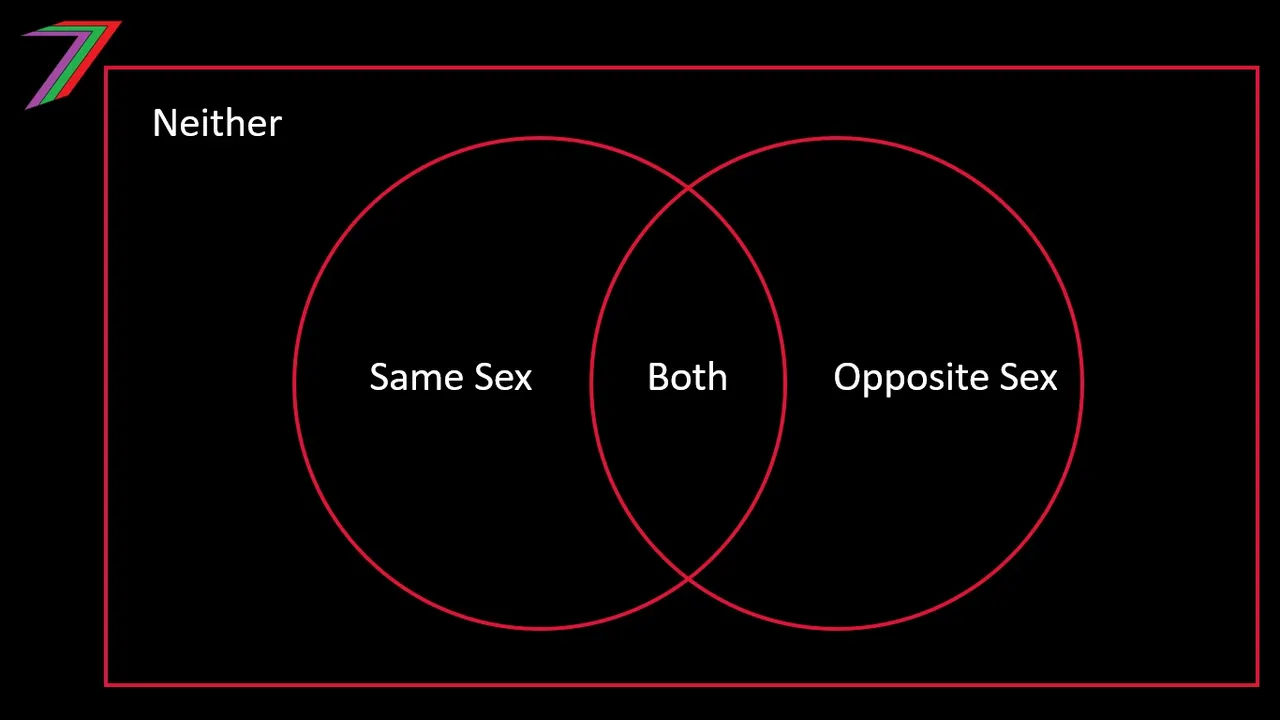
I argued that I do not believe gender labelling is necessary because of the extent of subjectivity around the labels. I would argue that this not necessarily the case for sexual orientation. Sexual orientation does need to be placed on a spectrum; it can be clearly defined into four sexual orientations, i.e. heterosexual, homosexual, bisexual, and asexual; see Venn Diagram in Figure 1. It is possible that somebody does not know his or her sexual orientation. Not knowing your sexual orientation is not a sexual orientation in itself but rather a lack of determination of that orientation. All other claimed subsets of sexual orientation fit into the Venn Diagram.
LGBTQ+ are muddying the waters
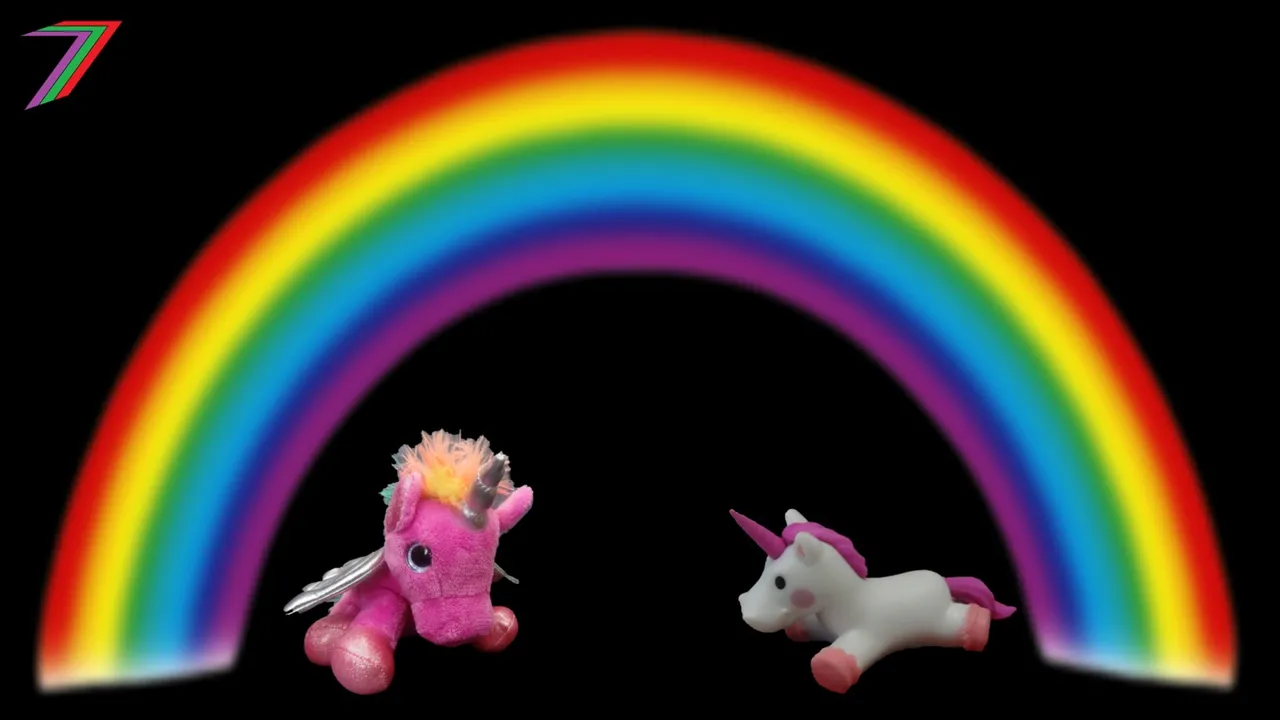
LGBTQ+ groups have grown significantly in terms of visibility. The ‘left-wing’ political movement can be given significant credit for this increased visibility (Wikipedia). This visibility has arguably contributed significantly to improved legal rights and acceptance for people identifying as LGBTQ+. The homosexual community has definitely benefited from the rise of the LGBTQ+ movement. Therefore, it is understandable that homosexual people would want to be part of this movement.
The homosexual community have been fighting for acceptance and fair treatment for centuries. In these past few decades, they have made great progress in terms of gaining acceptance and recognition. Same sex marriage is now legal in 29 countries (Wikipedia) and so is same sex couple adoption of children (Wikipedia). It has been 30 years since homosexuality has been declassified as a disease (Forbes). As of 2019, it was legal to be homosexual in 123 of 198 United Nations countries (64%) (ILGA).
Despite the apparent good that LGBTQ+ movement has done for people with alternative sexual orientation, at the same time, it has trivialised sexual orientation. As described in the previous sections, gender and sexual orientation are different concepts. However, LGBTQ+ backers have merged the two concepts. This merging of the two concepts is the likely reason that sexual orientation has been regarded as a spectrum rather than having a finite number of outcomes. Treating sexual orientation as a spectrum hurts people belonging to the clearly defined groups (heterosexual, homosexual, bisexual, and asexual) as these groups are just another label in LGBTQ+ collective. People that would be accepting of differing sexual orientation may not be so accepting of a list of LGBTQ+ labels.
Gender labels to replace sex and resistance to alternative views
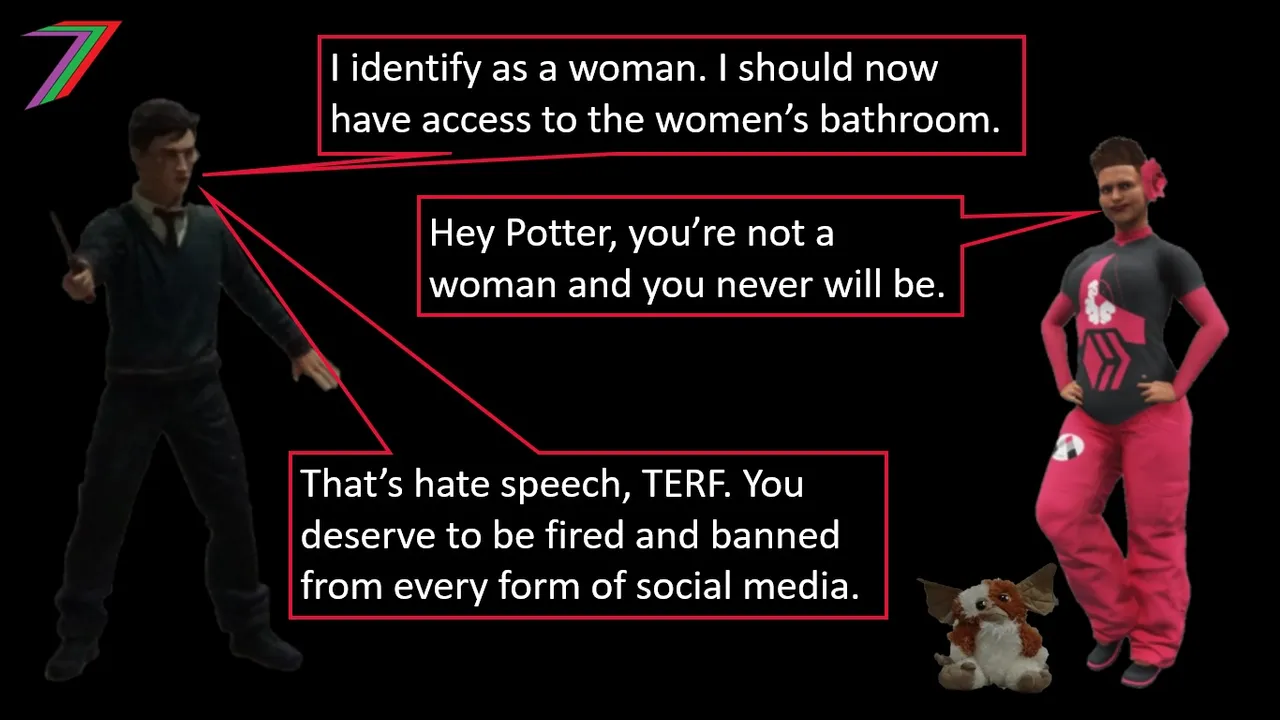
Despite significantly greater acceptance in many countries, LGBTQ+ has pushed for more recognition and power; this is especially true in regards to gender. For example, many in the LGBTQ+ community claim that a man who identifies as woman (transgender woman) is a woman. This essentially replaces ‘sex’ with ‘gender identification’.
Labels on the gender and sexual orientation spectrum can arguably be stated to lack credibility because of their subjective nature and interpretation. Alternatively, ‘sex’ can objectively be stated as either male or female. Gender cannot be used as a replacement for ‘sex’. If ‘sex’ was replaced by gender, the sexes, male and female, lose meaning as they become jumbled into the subjective gender spectrum. JK Rowling (author of the Harry Potter books; the best selling book series in history) tweeted a similar argument and was met with aggressive criticism. See Tweet below.
If sex isn’t real, there’s no same-sex attraction. If sex isn’t real, the lived reality of women globally is erased. I know and love trans people, but erasing the concept of sex removes the ability of many to meaningfully discuss their lives. It isn’t hate to speak the truth – JK Rowling (Independent UK)
Her Tweet was met with thousands of angry replies condemning her opinions. Some people insisted she removed her Tweet and others wanted her banned. Gay and Lesbian Alliance Against Defamation (GLAAD) proclaimed her comments as an attack on trans people (Hollywood Reporter). The response to the JK Rowling Tweet is a much-publicised version of the treatment people receive if they question the LGBTQ+ agenda of trivialising ‘sex’ to promote a shift towards gender.
I am concerned that gender has been used to trivialise sexual orientation and is now being used to trivialise biological differences between sexes. I fear we are moving towards a world where people cling to meaningless labels and in doing so; they are destroying our clearly defined uniqueness.
Conclusion
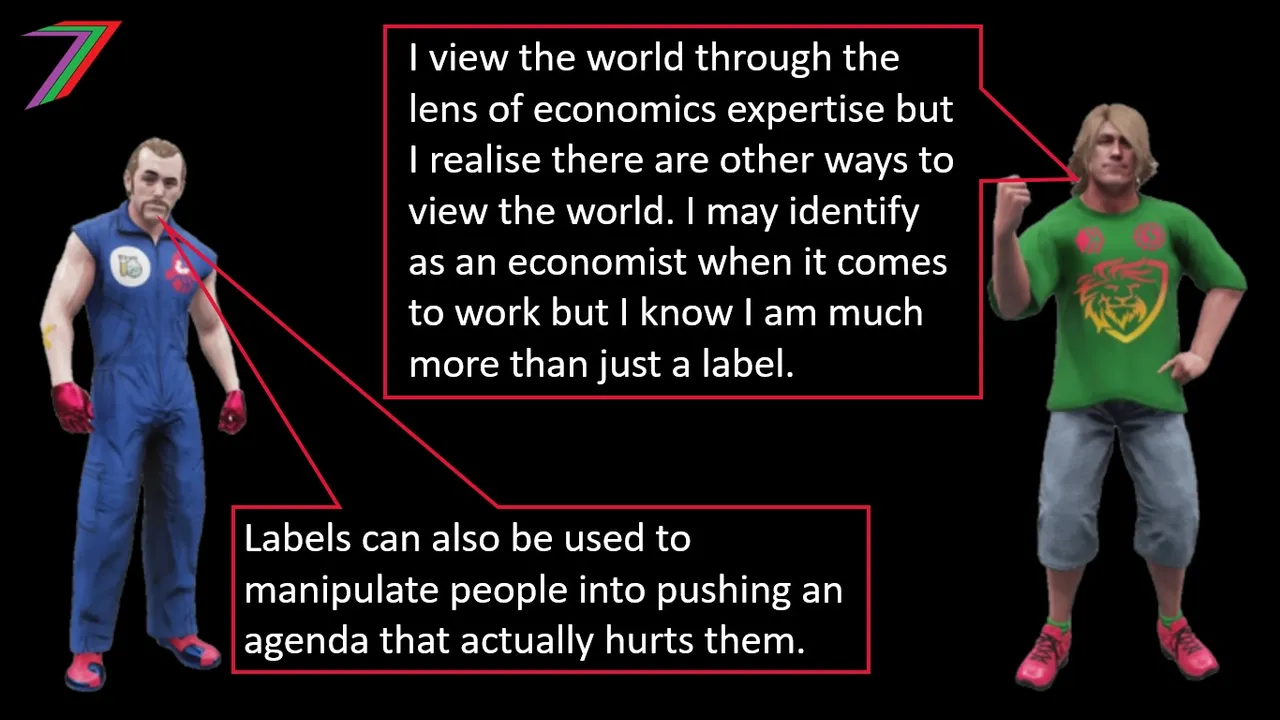
I am generally not in favour of labels. I believe they limit our views and perspective. I also acknowledge that labels can bring people together. Labels are less harmful if they are used flexibly and limited to particular circumstances. Labels are far more dangerous if they are used to suppress those outside the label.
In recent years, we have witnessed an alternative divisive usage of labels. This has come in the form of labels of gender and sexual orientation. I would argue gender labelling to be the more dangerous as it appears to be the cause of the proliferation of labels relating to sexual orientation. Sexual orientation in the absence of gender labelling would be more clearly defined and easier to understand. Gender labelling has also become a threat to ‘sex’, which is clearly defined based on biology.
Gender labels are subjective in both meaning and in number. A new gender could be created every day, as gender is defined on an almost infinitely broad spectrum. Gender also poses a threat to the women’s movement. If gender replaces sex, the term ‘woman’ has no significance as anyone could claim to be a woman. When people argue against the use of subjective gender labels, they are treated as being unfairly discriminatory against the LGBTQ+ community. However, the LGBTQ+ movement is putting their own followers at risk by manipulating them into conflict with those outside their community. I hope homosexual and bisexual people are able to recognise that LGBTQ+ movement is not acting in their best interest.
More posts
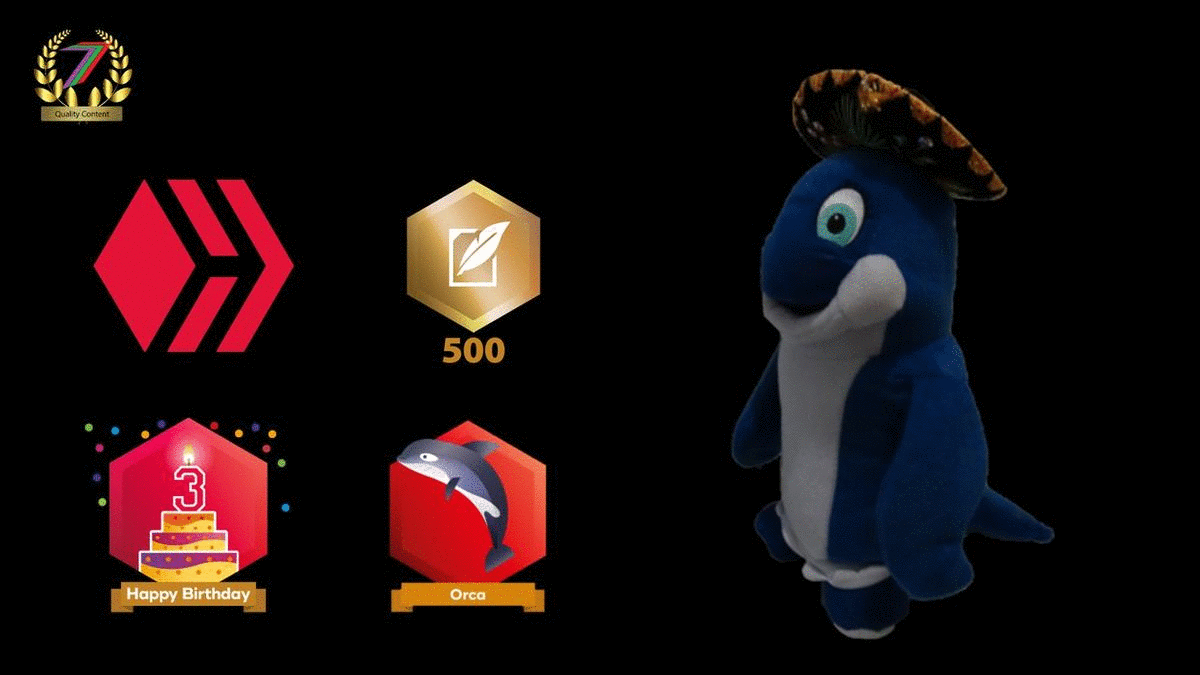
If you want to read any of my other posts, you can click on the links below. These links will lead you to posts containing my collection of works. These 'Collection of Works' posts have been updated to contain links to the Hive versions of my posts.
My New CBA Udemy Course
The course contains over 10 hours of video, over 60 downloadable resources, over 40 multiple-choice questions, 2 sample case studies, 1 practice CBA, life time access and a certificate on completion. The course is priced at the Tier 1 price of £20. I believe it is frequently available at half-price.
Future of Social Media






